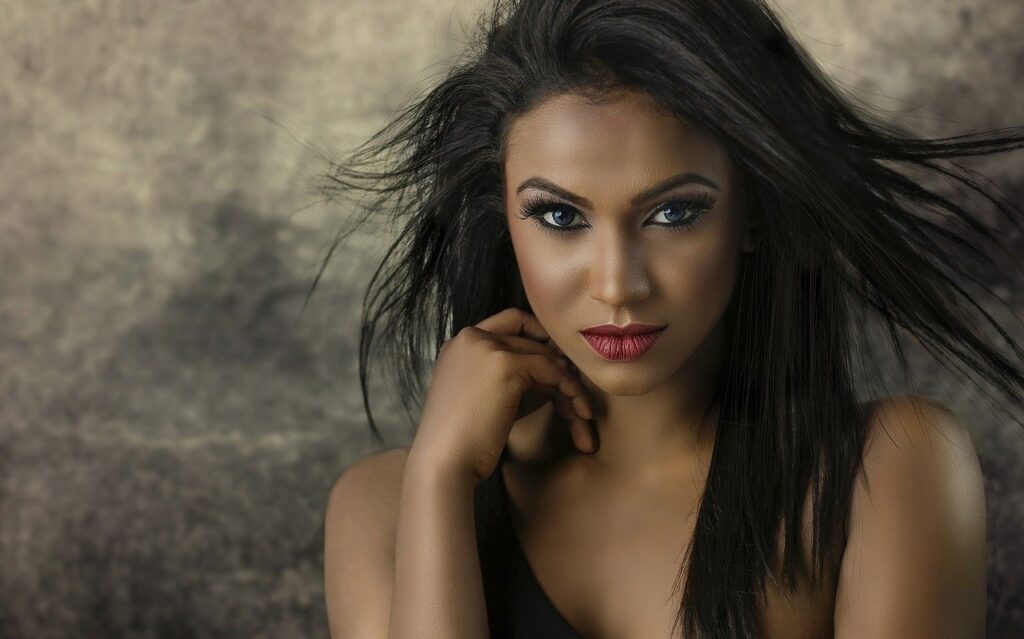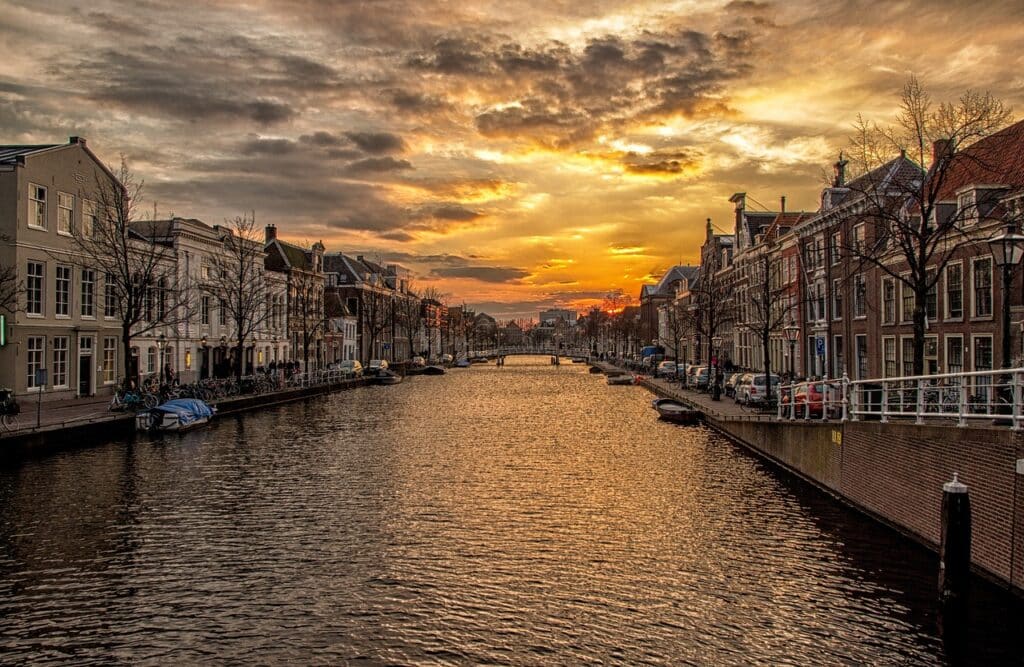Maybe you are looking for your signature photo editing style. Or perhaps you’re a little bored with your usual editing style. At some point, we all experiment with different styles of photo editing. After all, there are so many options out there! Read on if you’re experimenting with different editing styles but don’t know where to start.
Dark and Moody

Today, we see many bright, white, and cheerful photos, but what about a darker alternative? A dark and brooding style of photo editing can be great for eliciting emotion. Dark and heavy, so our eyes are attracted to the reflection. Our “white space” is darkness, not light. Highlights and colors are important in this editing style. It is a more graphic approach to composition. Consider creating a sense of stillness and emotion with powerful compositions. Dark, moody photography retouching style is ideal for shooting still lifes, certain types of portraits, and detailed shots of almost any scene.
Vintage Film
The vintage film style is one that takes inspiration from several other editing styles to mimic the 1970s and 1980s films. Some vintage film styles can be combined with a slightly matte finish. They may have heavier grain and the color may be slightly washed out. A vintage style of film photography retouching aimed at tapping into our sense of nostalgia. It is ideal for casual portraits and outdoor shooting. For an even more classic look, experiment with rounded corners or add the white outline of your Polaroid photo!
Damaged Film Look
If you’re looking to take it even further with a fun and colorful look, make a spoiled movie! This style of photo editing goes back to the cinema era. This is usually seen when the film is past its shelf life or has suffered some kind of damage from heat or light. The results are not reliable. They have usually colored streaks mixed with stripes. The damaged look of the film is perfectly suited to harsh shots of urban settings. It can also be fun to incorporate it even into portraits!
Cross-Processed
If you enjoy experimenting with colors, try editing your digital photos to recreate the cross-processing! Cross looks alludes to the age of cinema. At that time, photographers were developing films in chemicals for different types of films. This deliberate change in chemistry creates fun colors that everyone will love! With digital processing, however, photographers can use the Split Tone section of Lightroom’s Develop module to create similar images. This theme can be fun to use for any type of image. It is often seen in portraits, urban or natural landscapes, or still life photos.
HDR
HDR stands for High Dynamic Range. It just means that there is a long gap between the dark and the light. If you create an HDR look while editing, it starts with highlighting and reducing highlights. When lightening shadows, be sure to adjust the noise. You can do this in the Details section of the Develop module in Lightroom. Otherwise, you risk image noise. HDR editing style can be ideal for landscape and architecture photography.
Warm Black and White
Black and white images are classic, but there can also be many variations in black and white images! Warm black-and-white photo editing often has slightly lower contrast, warm tones give the image a very subtle look, and highlights are muted while shadows are slightly lightened. The idea is to create a soft and warm look. All types of black and white photos have a timeless value, but their warm appearance adds an idyllic look to them. Consider this style of image editing for casual portraits, landscapes, and any kind of detailed photo.
Mid-Contrast Black and White
If you’re just getting started with black and white photography, this could be a great starting point for you! Being monotonous can instantly add a bit of fun to an otherwise boring photo. Be sure to adjust Contrast, Brightness, Blacks, and Whites to medium contrast. Contrast is too low and the image will lose impact or lose power. Too much contrast and the photo becomes too harsh. This limits usability to certain genres. Classic and medium contrast black and white retouching style is great for portraits, events, and weddings.
High Contrast
One way to create a bold and dramatic look is to create a high-contrast look by retouching your photos. Whether in color or black and white, strong contrast is a way to make a photo look more graphic with its shadows. When creating a high-contrast photo, remember to adjust more than just the contrast! If the photo has color, you may want the colors to be a bit more saturated and vibrant. Darkening your blacks and lightening your whites also help with this style of image editing.
Matte Finish
Blur editing has been very trendy for a while now and is still a popular editing style. The goal is a slightly faded, dark, and sad vintage look. The perfect way to achieve this look is to adjust the curves in Lightroom. You can find them in the Develop module. You may still experience slight variation in the finished blurry photos. This is another versatile option for all genres of photography. The matte finish version style is commonly used for landscapes, casual portraits or street photography.
Clean Editing
The most basic of editing styles, clean retouching means you’re only tweaking the basics to clean up the image. This includes things like sharpness, color temperature, and clarity. The idea of clean editing is to make the photo look as natural as possible as if you hadn’t made any changes to it! The clean look is a classic. If you are looking for a style that can stand the test of time, then Clean Image Edit is a great choice.
Note: If you want to make some adjustments to the photo just let me know. I can do it for you at a very low cost. You can hire me to edit your photo
latest post
- What is Midjourney
 Discover the capabilities of Midjourney AI, learn how to effectively utilize the platform, and explore the advantages and disadvantages of the Midjourney AI image generator across its different pricing options.
Discover the capabilities of Midjourney AI, learn how to effectively utilize the platform, and explore the advantages and disadvantages of the Midjourney AI image generator across its different pricing options. - Brand identity elements
 In the vast marketing universe, imagery is pivotal in establishing and nurturing a brand’s identity. A brand’s visual choices are not merely aesthetic decisions but strategic moves that can significantly influence perception and performance. This Picfixs article explores the intricacies of selecting imagery that complements and enhances a brand’s essence, ensuring it resonates with the… Read more: Brand identity elements
In the vast marketing universe, imagery is pivotal in establishing and nurturing a brand’s identity. A brand’s visual choices are not merely aesthetic decisions but strategic moves that can significantly influence perception and performance. This Picfixs article explores the intricacies of selecting imagery that complements and enhances a brand’s essence, ensuring it resonates with the… Read more: Brand identity elements - 100 Best Mountain Captions and Mountain Quotes for Instagram
 Ready to scale new social media heights? Look no further than this treasure trove of 100 exhilarating captions and quotes, handpicked for your Instagram mountain posts!
Ready to scale new social media heights? Look no further than this treasure trove of 100 exhilarating captions and quotes, handpicked for your Instagram mountain posts! - Symmetry in Photography: A Creative Approach with Examples
 Delve into the enchanting realm of symmetry in photography as we showcase mesmerizing examples on our website. Experience the allure of perfectly mirrored images!
Delve into the enchanting realm of symmetry in photography as we showcase mesmerizing examples on our website. Experience the allure of perfectly mirrored images! - 11 Quarantine Photoshoot Ideas to Try at Home for Amazing Photos
 Looking for unique photoshoot ideas during quarantine? Explore the 11 creative suggestions that will help you capture unforgettable moments at home.
Looking for unique photoshoot ideas during quarantine? Explore the 11 creative suggestions that will help you capture unforgettable moments at home.


